|
-- Jennie Miller PhD Candidate 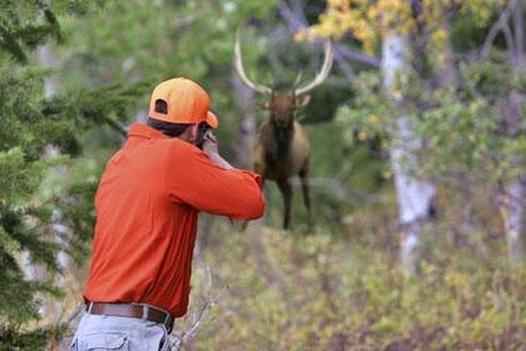 Hunting_Cripple Creek Colorado In suburban neighborhoods across the globe, it is no longer surprising to see deer grazing outside downtown offices in the mid-day sun, brazenly snacking along sidewalks or grazing on gardens as pedestrians pass within petting distance. These animals, once cherished for their shy and flighty nature, now boldly roam among humans and their property, spreading disease and environmental devastation in their wake. Managers have had little success in their attempts to control overabundant ungulates with common methods such as culling and contraceptives, which are also costly and controversial. However, a recent review published in the Journal of Applied Ecology presents a new wildlife management tool that may offer a less bloody and more effective alternative: fear. Over the past decade, ecologists have found mounting evidence of an idea that horror films have exploited over the last century – that the threat of death is scarier than death itself. Just as countless starlets have cowered from mere threats of torture from dark-hooded movie murders, prey animals make great sacrifices to avoid the simple threat of attack from wild carnivores. Just the presence of predators – be they tarantulas, terns or tigers – can elevate stress levels in their prey that hamper feeding, reproduction and ultimately survival. In essence, predators terrify their prey long before they pounce. The non-lethal ‘fear effects’ from carnivores can constrain prey populations as strongly as – if not stronger than – actual kills made by carnivores. Yet most management programs aimed at reducing overabundant deer populations have ignored fear effects, instead using methods such as hunting and birth control that rely on mortality alone to control ungulates. In their March 2013 article, Dr. Joris Cromsig and colleagues highlight the importance of incorporating fear effects into ungulate management. Humans should, basically, scare ungulates to death. Cromsig et al. suggest adapting current practices of hunting to generate greater fear in ungulates. By extending the hunting season and area, hunters could evoke greater and more constant levels of fear in ungulates, creating stress that reduces herd sizes and shifts grazing patterns. But can humans adequately fill the role of large carnivores and limit ungulate populations through fear alone? As a doctoral student who spends hours contemplating how fear affects prey, I found Cromsig et al.’s suggestion intriguing yet in need of additional discussion. In applying ideas about the ‘ecology of fear’ to practical management, Cromsig and colleagues contribute to an emerging conversation on predation risk as a management tool (for examples see Berger 2007 and Treves et al. 2011). Non-lethal fear effects do appear to have great – and largely unexplored – utility for wildlife management issues such as ungulate overgrazing, livestock depredation and carnivore conservation. And by infusing fear effects into current practices of hunting implemented in countries worldwide, Cromsig et al. present a technique that could generate drastic changes with minimal cost and effort. 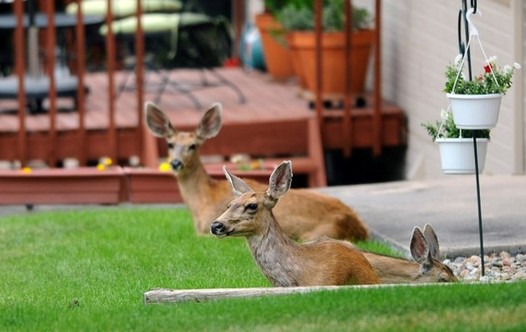 Deer_Wodu Media While the theoretical framework is strong, several limitations offer challenges in implementing the idea of ‘hunting for fear’ as a management tool. For one, ecologists have yet to fully understand how the fear of carnivores varies spatially and temporally, as well as with predator hunting mode, so simulating fear effects in nature would be difficult. Furthermore, because game management involves humans as much as animals, hunters would need to adapt their fear effects uniquely by location to meet both cultural expectations and ecosystem composition. Cromsig and colleagues recognize these challenges and discuss them in their article. However, several additional issues would be valuable to consider when deciding whether and how to implement ‘hunting for fear’ for ungulate control. First, increasing human activity in natural spaces – even as a management tool – must be scrupulously considered because these efforts could easily result in unintended side effects on the ecosystem. Recreating carnivore fear effects with humans would be most applicable in areas where carnivore populations have been extirpated or reduced to densities where predators no longer generate significant fear effects on prey populations. If predators are still present in the environment (and even if they are not), the presence of humans could strongly disturb the ecosystem, creating more problems than solutions. Most carnivores, as well as numerous other species, are highly sensitive to human presence and spatially and/or temporally avoid human activity, altering their behaviors and roles within the food web. These types of unintended side effects on the ecosystem must be examined carefully prior to implementation to determine whether ‘hunting for fear’ could do more harm than good. Second, even with a low predator density, encouraging humans to spend more time in wild spaces might inflate human-wildlife conflict in parts of the world. For instance, bringing humans into jungles with low densities of tigers and leopards in an attempt to control their populous prey species (such as wild pigs and nilgai antelope, which are considered some of the worst crop-raiding pests in southeast Asia) could displace big cats from their last remaining habitats, cause them to hunt livestock and/or encourage attacks on people. At the least, increasing the chance of confrontation between humans and large carnivores could likely further amplify negative attitudes towards carnivores that already create challenges for conservation. Thus, ‘hunting for fear’ should likely not be attempted in locations where dangerous large carnivores still exist, even in low densities. Considering these concerns, it appears that ‘hunting for fear’ might generate the greatest ecological benefits with the fewest negative repercussions on humans and wild species alike in areas where carnivores have been extirpated and ungulate control is desperately needed to restore ecosystem health. Prime examples include the urban areas of many developed countries in Europe and North America, such as the United States where Cromsig et al. point to over-browsing by white-tailed deer (Odocoileus virginianus) as the cause of the extinction of species such as White trillium (Trillium grandiflorum ). In these areas where large carnivores are locally extinct, people could functionally replace the fear effects on prey that carnivores once created when food webs were intact. Indeed, this possibility speaks to the powerful role that humans can play in the ecosystem and illustrates the importance of a new perspective that incorporates humans into food webs, such as human-nature coupling (Liu et al. 2007). The incorporation of fear into hunting as a management tool requires careful forethought and small-scale experimentation to avoid devastating side effects, such as those that have accompanied the introduction of invasive species to control agricultural pests. I encourage particular forethought prior to the application of ‘hunting for fear’ in countries with poor forest management infrastructure, where hunting may be especially difficult to regulate. Overall, incorporating fear effects into hunting may offer an innovative technique for controlling ungulate populations. ‘Hunting for fear’ is a prime example of a practical tool that applies principles from species interactions to solve an ecological problem. These types of tools are rare yet essential if science-informed management is to rigorously address the complexities of species and ecosystem conservation.
1399 Comments
-- Adam Rosenblatt Post-doc 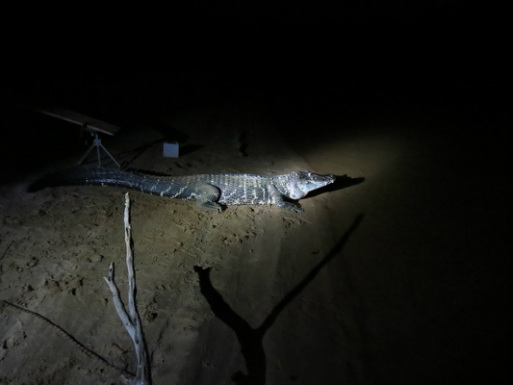 Photo Credit: Axel Schulz Photo Credit: Axel Schulz Catching caimans is not that complicated. First, you get in a boat at night, head out on the river, and use high-powered spotlights to find the animals. The light from the spotlights bounces off the tapetum lucidum (a layer of tissue within the retina that reflects light back into the eye, increasing the clarity of night vision), making the caiman’s eyes shine bright red from hundreds of meters away. Second, you drive the boat slowly towards the caiman, making as little noise as possible (crocodilians have good hearing). Third, a person at the bow of the boat uses a long pole to slip a metal snare around the neck of the caiman, and then tightens the snare by pulling on the rope it’s attached to or by yanking the pole upwards swiftly. Fourth, you hold on for dear life as the caiman thrashes around in the water, tiring itself out. Crocodilians tire relatively quickly (5 minutes or so) during bursts of intense physical activity because lactic acid, a natural by-product of cellular metabolism, builds up in their muscles and shuts them down. Human muscles also suffer from lactic acid build-up during exercise, but our muscles are able to get rid of it relatively quickly while crocodilians are stuck with it for longer periods of time because of their cold-blooded physiology. Fifth, you use a second snare to close the mouth and secure it, then you tape the mouth shut. Now you’re ready to safely handle the animal. During my time in Guyana my local counterparts and I caught 30 adult caiman this way, and to find out what they were eating we pumped their stomachs. Instead of explaining the whole stomach pumping process, you can watch this short video I made: https://www.youtube.com/watch?v=JCmogf-NQ2Y We ended up finding lots of interesting stuff in their stomachs, like snails, fish, seeds, and small mammals. Fish were by far the most frequently consumed type of prey, which means in the region I was in fishermen and caimans directly compete for food, at least during the dry season. The long-term challenge is to figure out how, despite this overlap, to maintain the quality of life for humans who depend on fish for food while also protecting the caiman population and the important roles caiman play in local food web and ecosystem dynamics. My goal is to go back to Guyana in the coming years to continue and expand upon the caiman research I began in February.
-- Adam Rosenblatt Post-doc Some research sites are really hard to get to. Back in 2007 I worked for 6 months in Shark Bay, Australia as a volunteer on Mike Heithaus’ long-running research project, and getting there was a schlep. I had to fly from Philly (where I lived at the time) to LA, then to Auckland, New Zealand, then to Perth, Australia, then take a bus 10 hours up the Australian west coast to a gas station in the middle of nowhere called “The Overlander,” then take another bus for an hour to the research site, Monkey Mia. By the end your bones ache and your eyes are weary with uncomfortable fits of sleep, but the beauty and possibility of such a remote place overtakes you and quickly you forget about the hardships of the journey. I recently did some research in another remote part of the world: Guyana. It’s a country few have heard of, tucked away on the northern coast of South America, dwarfed by its giant neighbor Brazil. Yet Guyana boasts vast tracts of untouched forests and savannahs, and some of the highest biodiversity on the planet. Guyana’s wilderness is impressive and dense, and it has remained largely undeveloped precisely because not many people know where it is or are aware of its natural splendor. I headed down there, to Guyana’s interior savannahs, to do some research on the largest crocodilian in the western hemisphere: the black caiman. To get there, I flew from New Haven to Miami where I picked up some supplies and equipment, then on to Port of Spain, Trinidad, then on to Georgetown, Guyana’s capital city. After a few days spent in Town (as the locals call it) to get my research permits, I hopped on a tiny little plane that flew me to a dirt airstrip near the Brazilian border where I was picked up by my local research collaborators in a red dust-covered pick-up truck. We drove 45 minutes over rain-scoured dirt roads and through a 3 mile long forest to the village of Yupukari, which sits on a hill above the Rupununi River and Awarikuru Lake. The Kanuku Mountains are located just to the south, and you can easily see them from Yupukari. The view is particularly beautiful in the evening when the mountains take on a purplish glow as the sun sets. The village is made up of about 1000 Macushi Amerindians, one of the indigenous groups in the region. It’s a fishing village in the dry season and a hunting village in the wet season, and I was there to figure out what black caimans eat and what ecological roles they play in the area. My base of operations was the lovely Caiman House eco-lodge, a popular place for tourists to hang their hats as they explore the amazing birds, fish, reptiles, and mammals of the region. When I arrived I unpacked my things in my breezy room, checked the integrity of the mosquito net hanging over my bed, and headed to the kitchen for a meal of fresh-caught fish, rice, and the spiciest chili peppers I’ve ever encountered. I was in paradise, or at least one version of it, and I was excited to see what surprises the surrounding waters held in store for me.
Next time: Caimans, and lots of them. --Kevin McLean, PhD Candidate I looked at my calendar this morning and realized that it has now been over 7 weeks since I returned from my field season in Panama. Seeing as I was only gone for 12 weeks, I suppose it is about time that I stop telling people I am still “adjusting to being back.” With that out of the way, on to the fieldwork update! I departed for Panama in mid-December to finish up the necessary training and do a bit of testing and tinkering for my dissertation research. A portion of my project will involve monitoring arboreal (tree-dwelling) mammals in the rainforest canopy using motion-sensitive cameras, or “camera traps.” While I’ve spent a fair amount of time learning how to use camera traps on the ground, setting them up 6-10 stories above the forest floor was a whole new challenge. First on the agenda was learning how to actually get into the trees. I spent three weeks at the Institute for Tropical Ecology and Conservation (ITEC) taking a tree climbing course, which I sometimes refer to as “Canopy Access Techniques for Research” to sound unbelievably fancy. While three weeks may sound excessive, one of the many goals I set for myself while working on my dissertation was to not die, and my instructor Joe Maher played integral role in giving me the training necessary to succeed in that regard. The next step was figuring out how to mount the cameras in the trees. I had a fair amount of help with this from Dr. Tremaine Gregory, who was kind enough to share the designs she used for her work in Peru. I put together a set of six mounts using a couple different designs that allowed me to monitor animals on pretty much any branch size or angle. Once I got some initial troubleshooting out of the way, I was able to get some pretty great photos of the arboreal wildlife in Bocas del Toro. Some of the species that crossed the cameras included capuchin monkeys, green iguanas, woolly opossums, and climbing rats. After about a month in Bocas I traveled to the Canal Zone to set up my cameras in the forests in the Barro Colorado Island Nature Monument. Dr. Stefan Schnitzer, the primary investigator for the Liana Ecology Project was kind enough to allow me to set up cameras on his research plots on the Gigante Peninsula. I chose two trees on Gigante peninsula, one in a plot in which all the lianas had been removed, and another in a control plot. Once again it took a bit of fiddling to get things running smoothly, but after a several solid weeks I managed to get photos of more capuchins and woolly opossums, as well as some coatimundis, kinkajous, squirrels, and toucans.
I thankfully made it back to New Haven in one piece, where I will spend my time going through photos and working on the other pieces of my dissertation until I return to Panama January 2014. --Jennie Miller, PhD Candidate
Last winter in November 2011, I headed to India's Kanha Tiger Reserve to survey livestock attacked by tigers and leopards. What I discovered upon arrival shocked and compelled me: livestock die every day, yet local people are surprisingly tolerant of the large cats that kill their animals. The livestock compensation program within the boundaries of Kanha appears to be successfully abating tempers and minimizing retaliation against tigers and leopards. Three seasons, 484 dead livestock, 115 owner interviews and 152 stinky cat scat samples later, I returned to Yale in mid-October to analyze my data. To read more about my last year of fieldwork and the gist of my research, check out my guest blog on Scientists Without Borders and my just-released article in Yale's Sage Magazine. |
Archives
November 2019
Categories
All
|
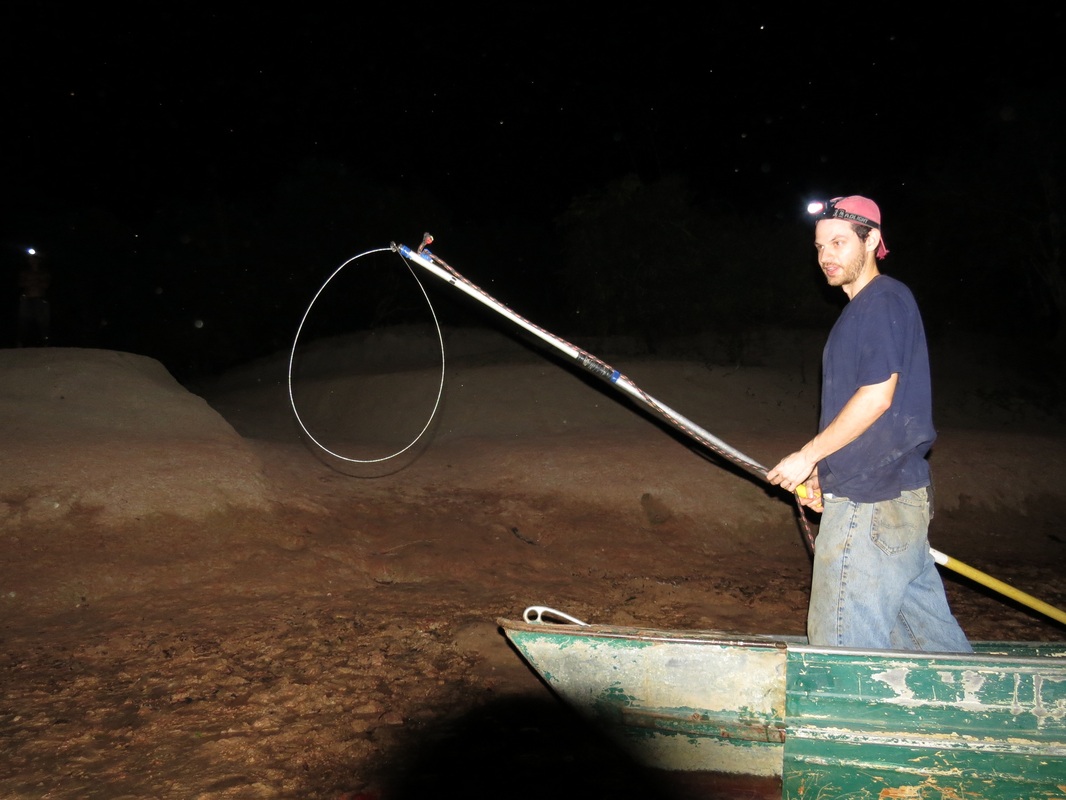
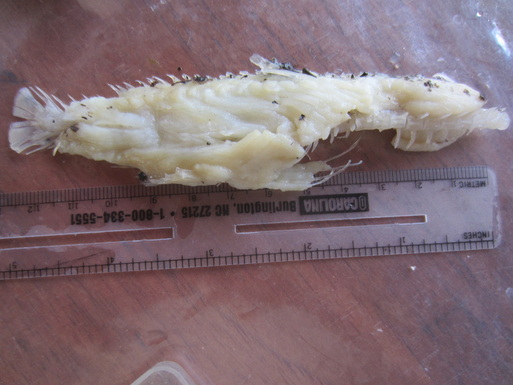
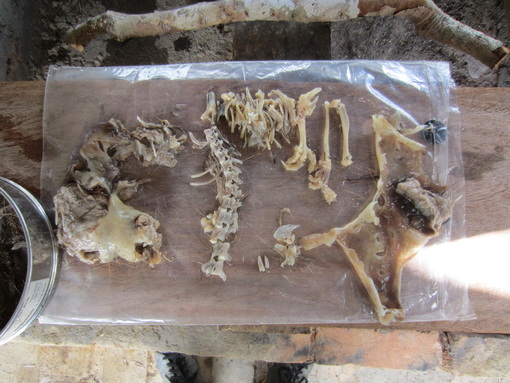
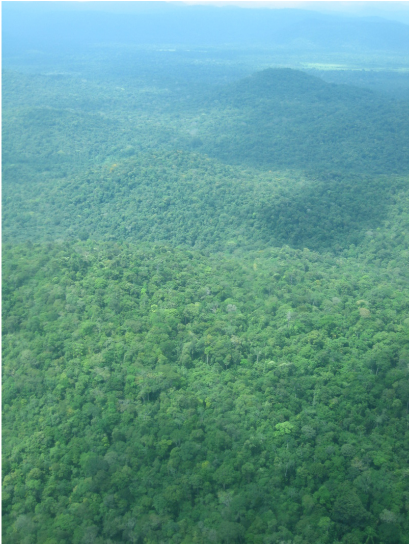
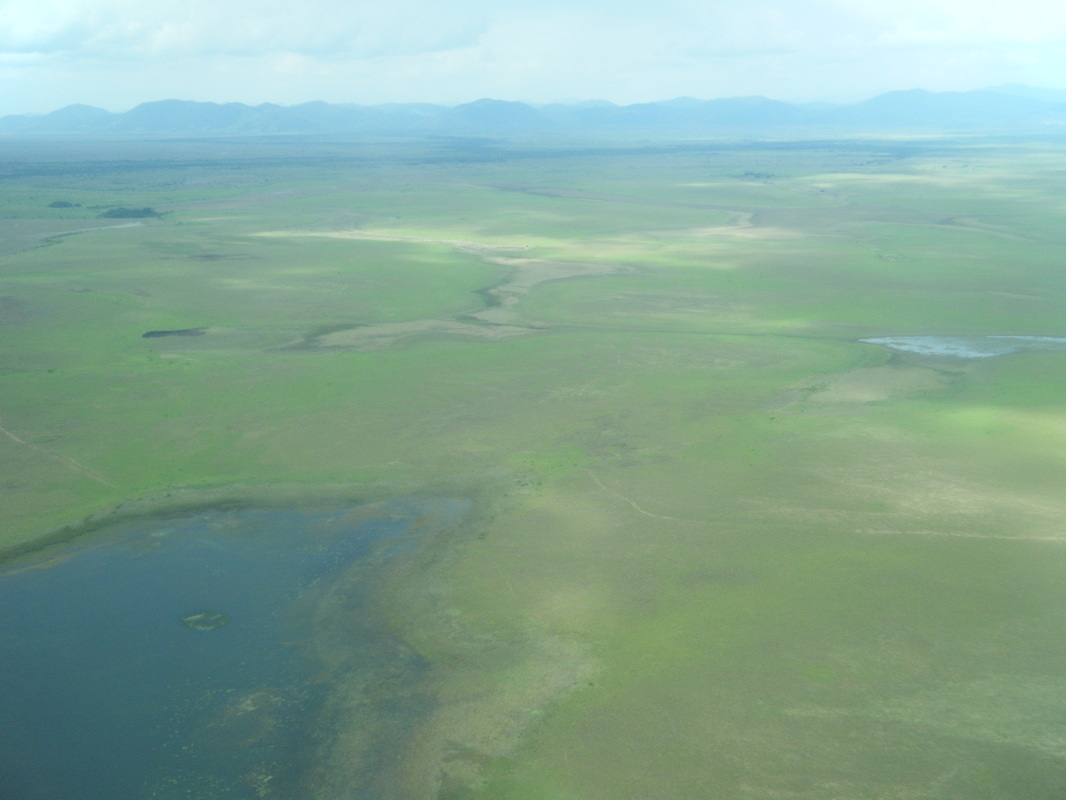
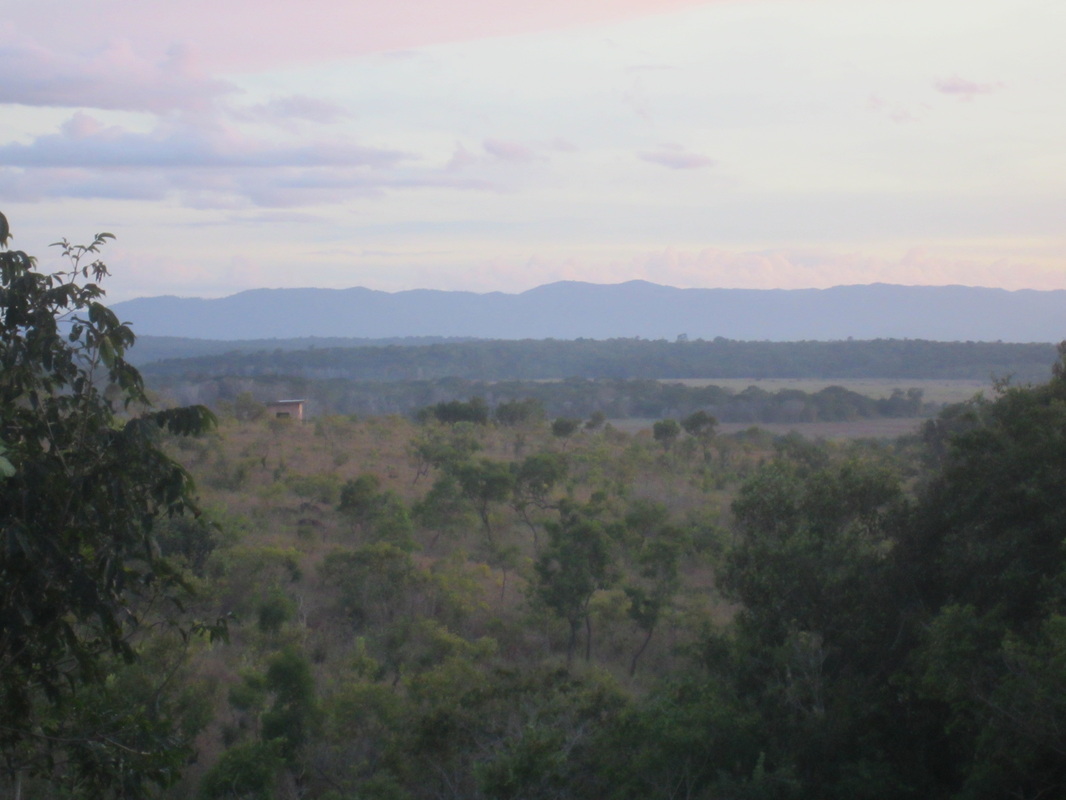
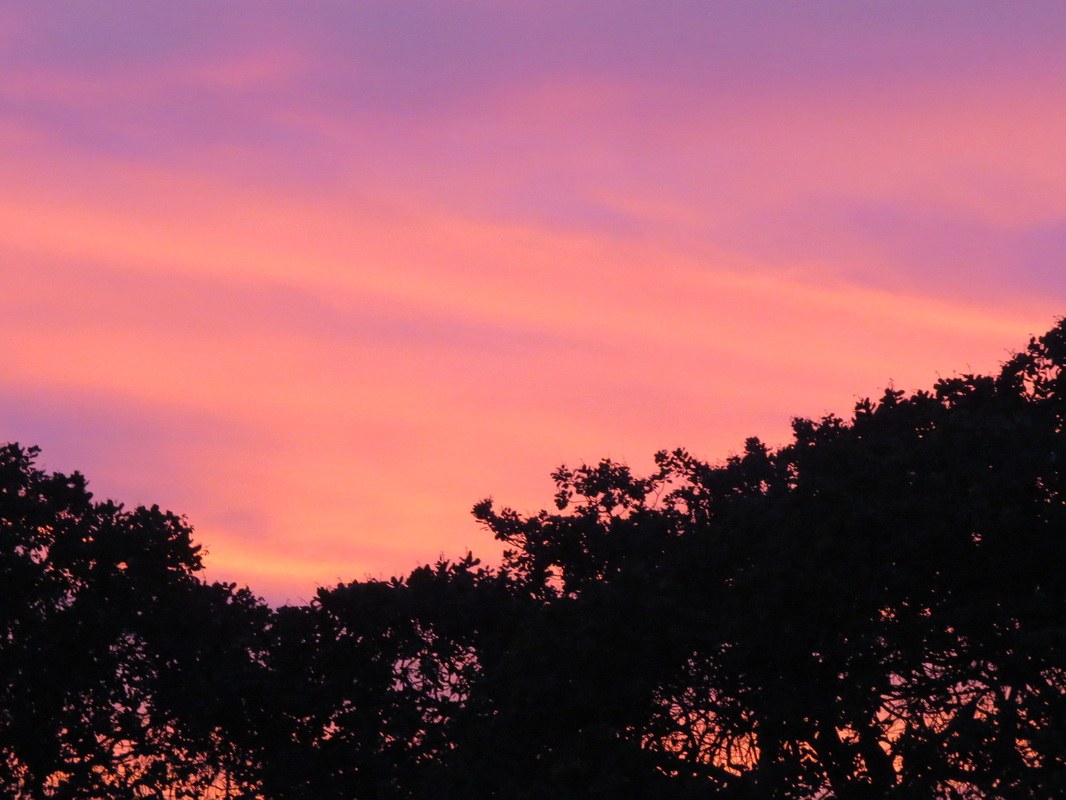
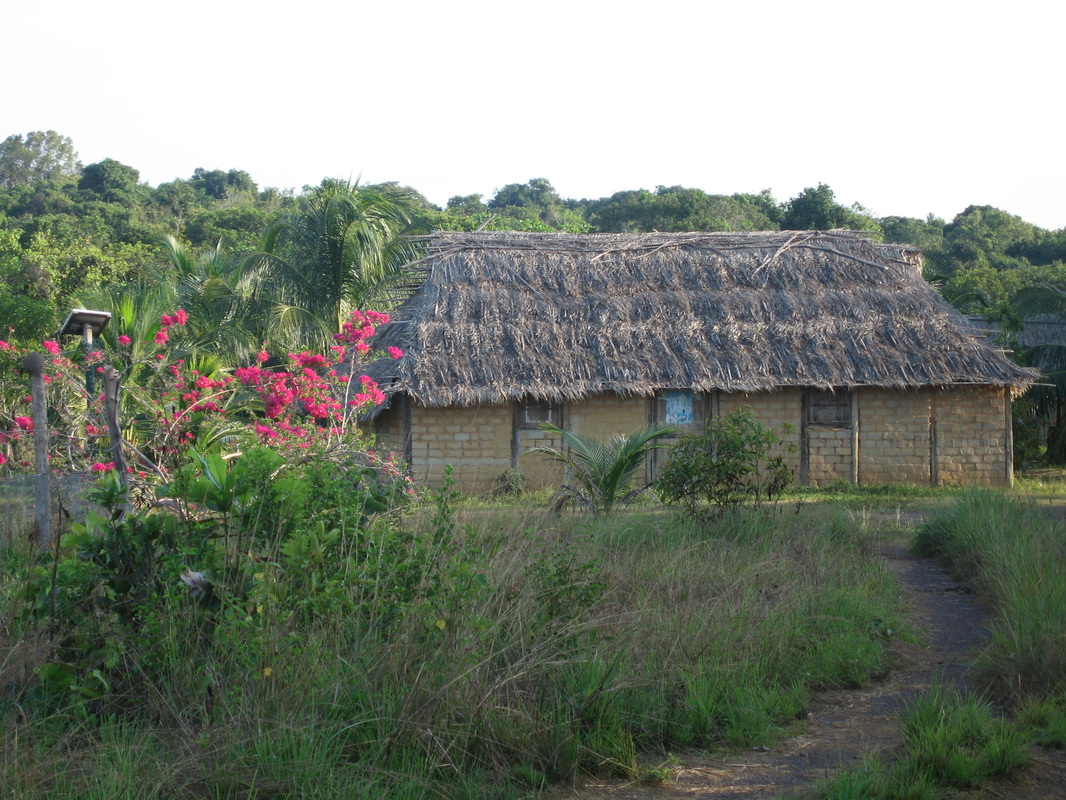
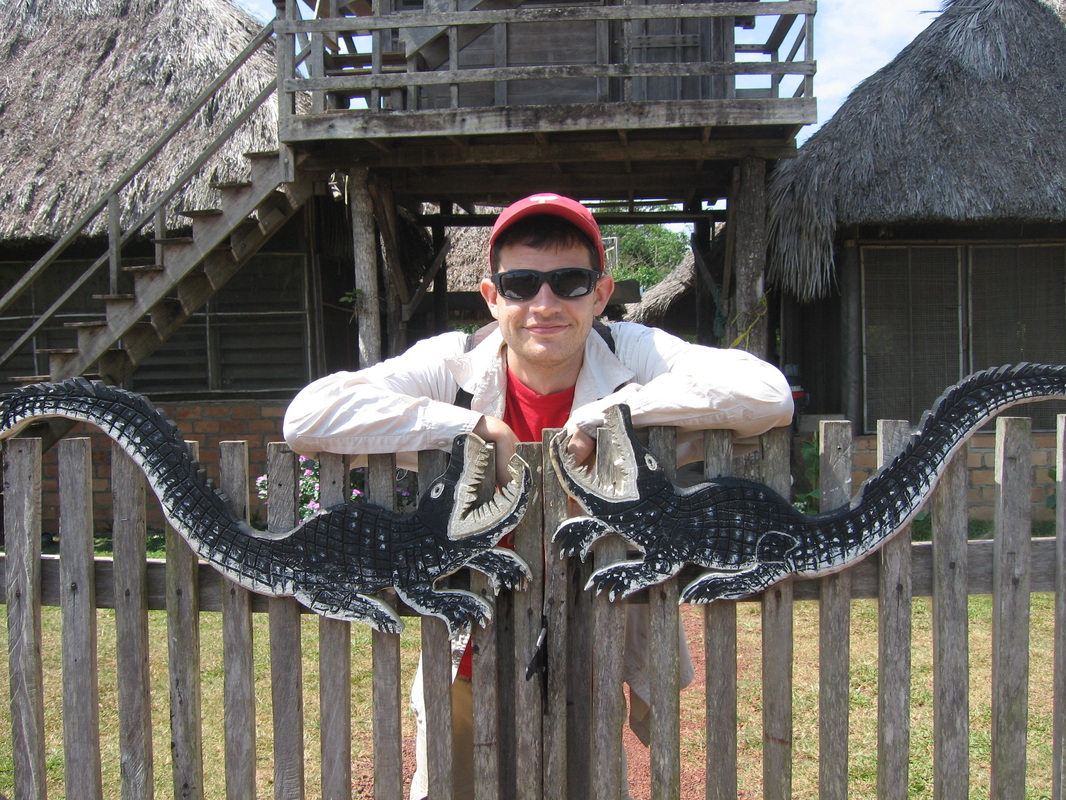
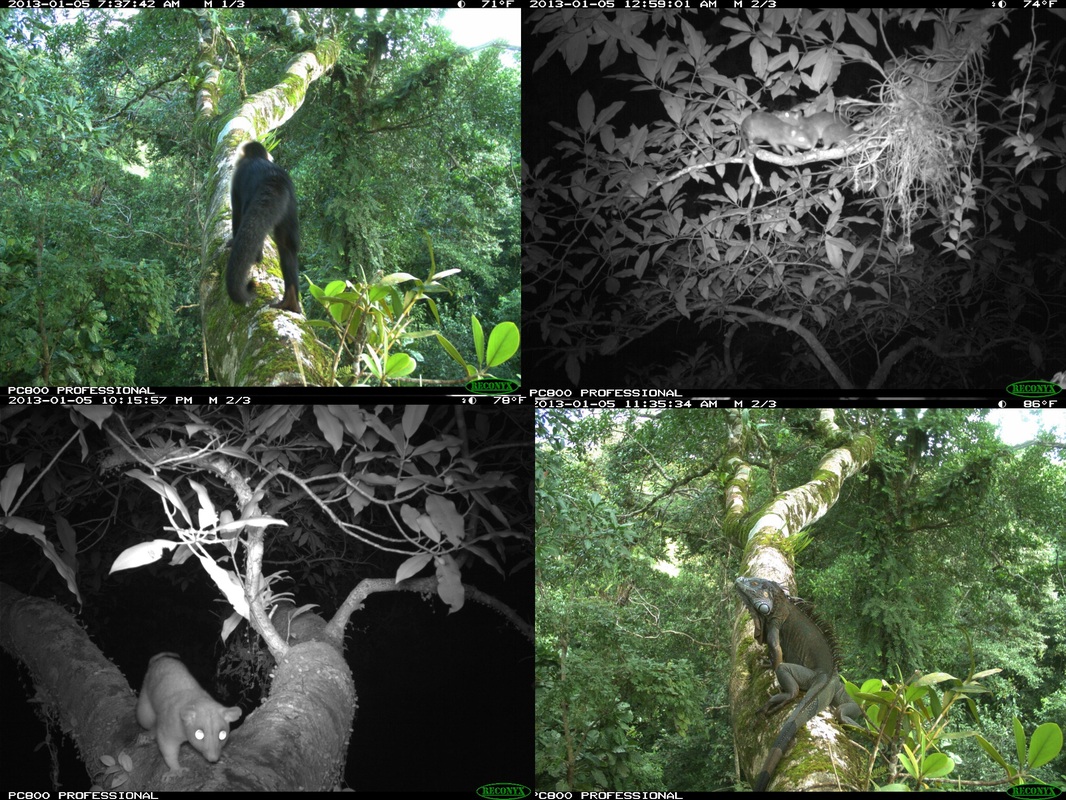
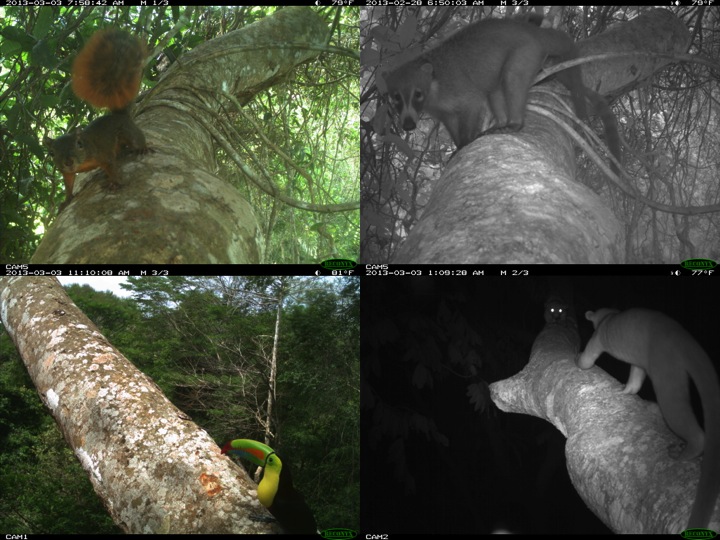
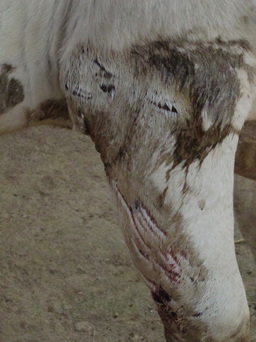
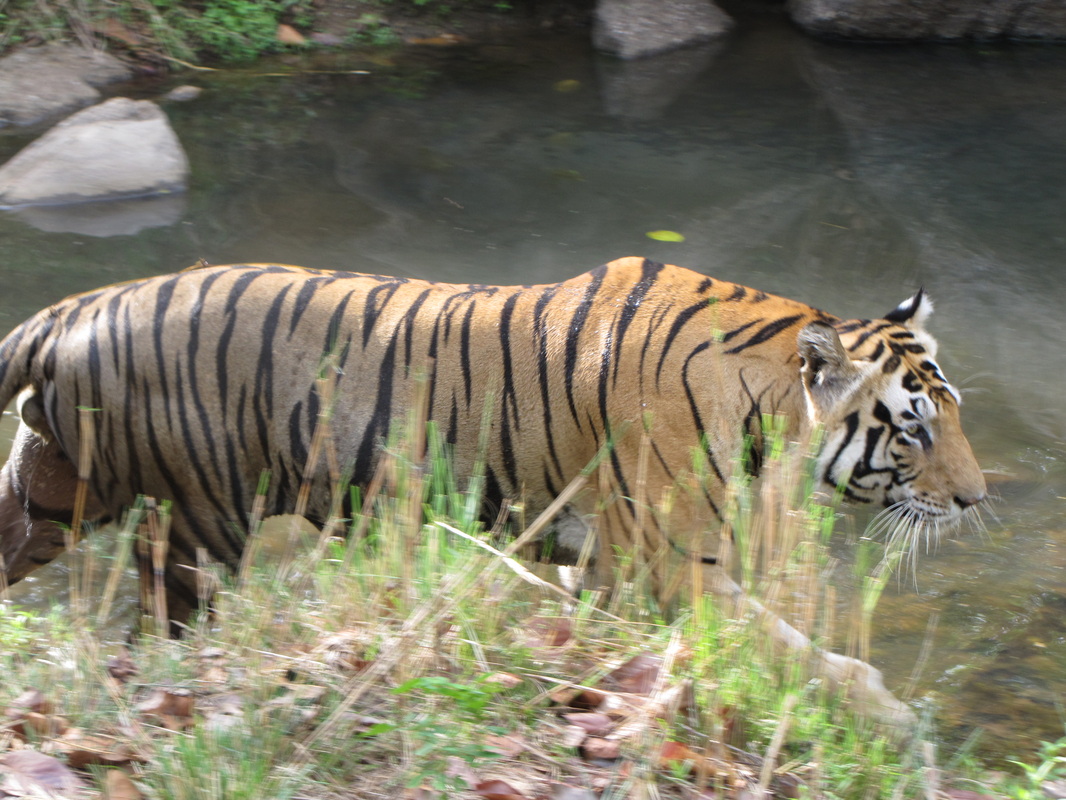
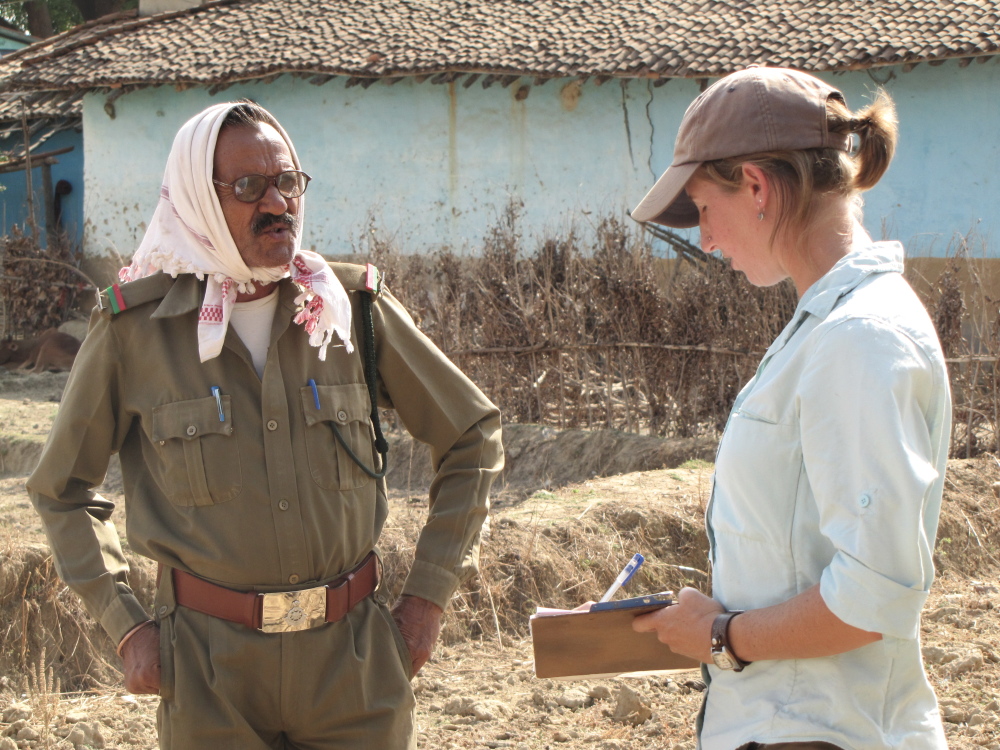
 RSS Feed
RSS Feed
